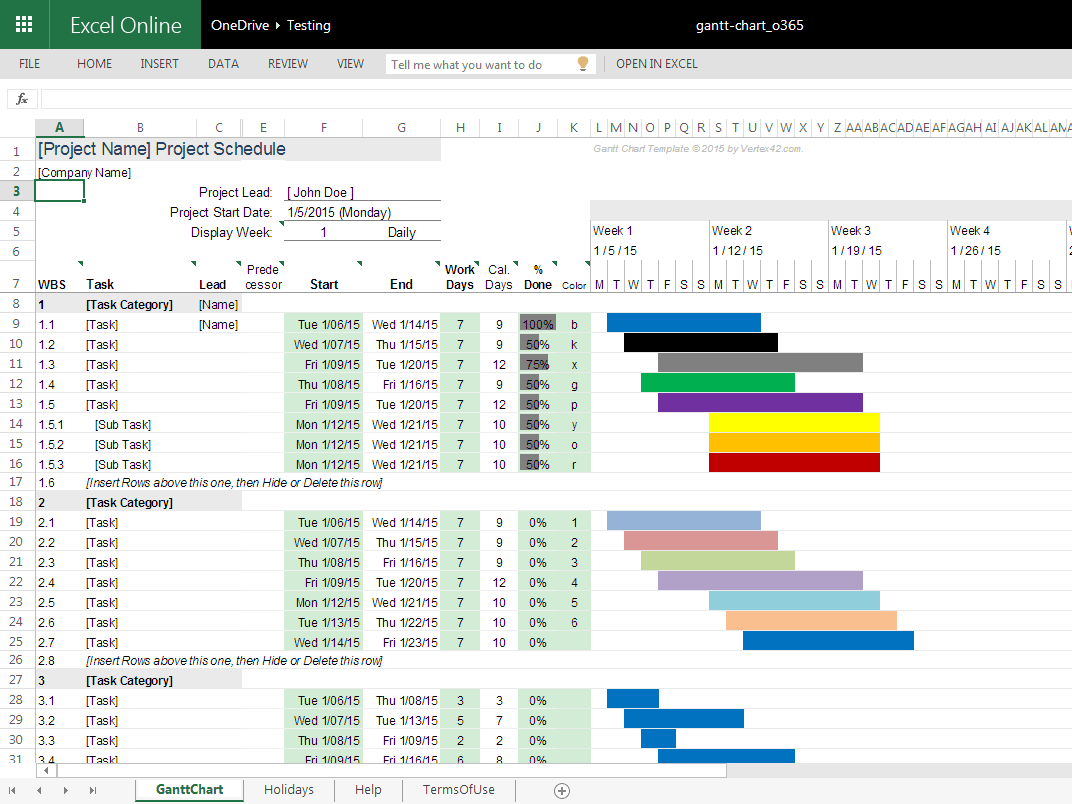

Here a couple things to keep in mind about float or slack. The smaller of both slack amounts is the amount of free slack. Finish slack is useful when leveling projects that are scheduled from the start date and shows the difference between early finish and late finish dates. Start slack is useful when leveling projects that are scheduled from the finish date and shows the difference between early start and late start dates. If you’re curious about how Project calculates free slack, add the Start Slack and Finish Slack fields to any task view (click Add New Column in that view, and then pick the fields). A negative slack value indicates there isn’t enough time scheduled for the task and more time is needed to prevent your project finish date from slipping. For example, use free slack to delay a task, or assign its resource to another task to help prevent the schedule from slipping. To make sure your project finishes on time, try optimizing tasks that have slack and are not on the critical path. For more information, see Show the critical path of your project and How Project schedules tasks: Behind the scenes. To build some slack into your critical path, you can change the default setting for slack in the Tasks are critical if slack is less than or equal to box on the Calculation Options tab of the Project Options dialog box ( File > Options).

If a critical task is delayed, the project finish date is also delayed. By default and by definition, a task with zero (0) slack is considered a critical task.


 0 kommentar(er)
0 kommentar(er)
